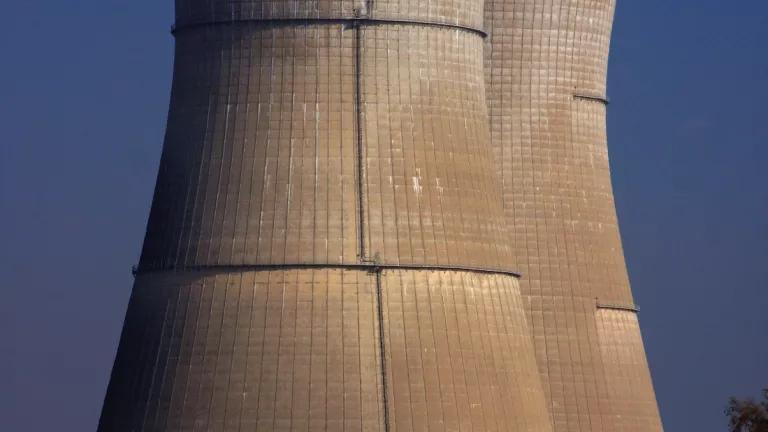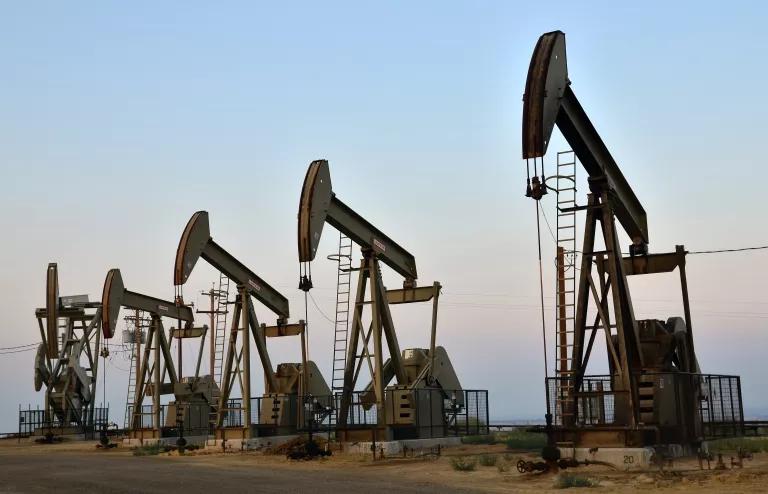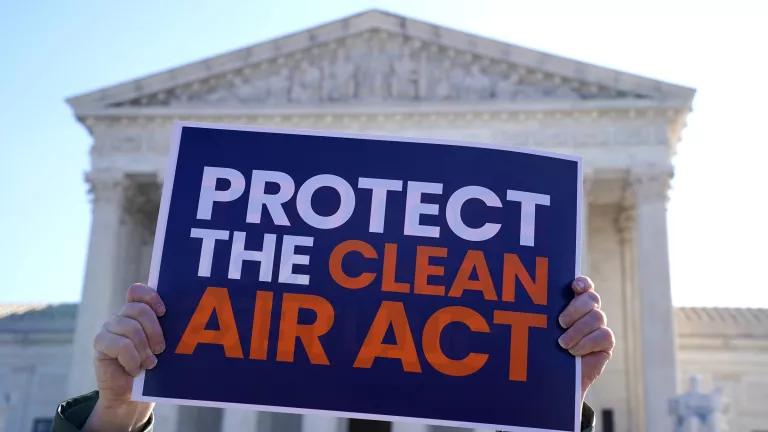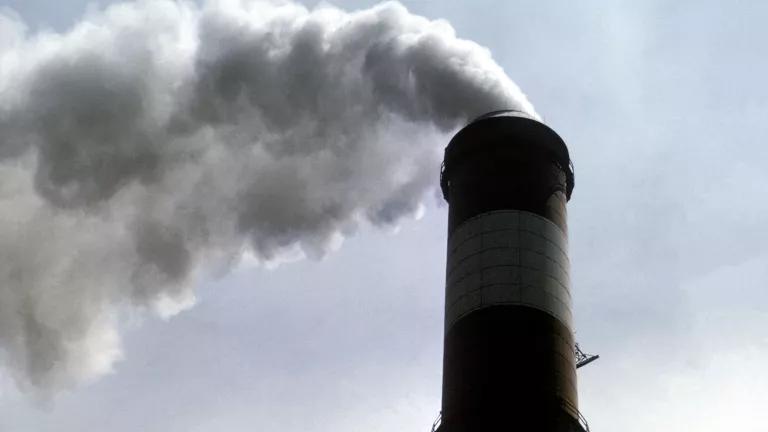Fossils and Nukes: The Downsides to Congress’ Latest Actions
With the passage of significant energy and climate legislation as part of an end-of-year spending package, Congress cobbled together legislation with both major climate wins (including the phase-down of HFCs) and problematic handouts for the fossil fuel industry and dangerous nuclear technologies.

With the passage of significant energy and climate legislation as part of an end-of-year spending package, Congress cobbled together legislation with both major climate wins (including the phase-down of HFCs) and problematic handouts for the fossil fuel industry and dangerous nuclear technologies.
Despite the positives, the year-end package creates unnecessary programs, throwing taxpayer money at uneconomic or dangerous technologies, limiting transparency and public participation, and undercutting the package’s climate wins.
Our colleagues have spelled out some of the major upsides to the energy package signed into law this week. In this post, we flag the unfortunate downsides, particularly in regard to nuclear energy and fossil fuels.
Starting at the top, these nuclear energy programs and authorizations should raise eyebrows:
- Authorization of a Uranium Reserve Program—a wasteful government handout meant to prop up uneconomical, polluting domestic uranium mining when there is no threat of a shortage to U.S. uranium supplies.
- A program to manufacture and use high-assay low-enriched uranium (HA-LEU), a type of uranium enriched well beyond the levels used in today’s reactors—creating safety risks and severe nuclear proliferation concerns.
- Authorization of nearly $1 billion to advance a variety of nuclear fusion research and development ideas, an expensive boondoggle and misdirection of funds needed to scale up energy solutions deployable today.
- Support for reprocessing nuclear fuel, enabling direct use of plutonium in the civilian sector that is environmentally dangerous and poses grave security and proliferation risks.
In sum, Title II of the Energy Act of 2020 authorizes an extraordinary amount of taxpayer money to be spent on an industry that has over promised and under delivered for years. It continues to lavish subsidies on an industry that have resulted only in massive budget overruns, years of delay, abandoned reactor shells, and taxpayers picking up most of the costs. Instead of recognizing these unfortunate outcomes, this year's omnibus authorizes expenditures on nuclear technologies (fission and fusion) that outstrip DOE authorizations for fossil and renewable energy combined. Congress needs to break free from its cycle of authorizing spending for nuclear power and research that far outstrips what it has provided for safer, cheaper, and cleaner technologies like wind, solar, and energy storage.
The bill also contains numerous provisions to prop up fossil fuel technologies, potentially wasting billions of dollars and further delaying the necessary economic transition to clean, renewable sources of energy. These programs and authorizations represent the biggest red flags:
- Authorization of research and demonstration programs and prizes related to carbon capture, use, and storage (CCUS); creation of a “carbon utilization program” with a focus on enhanced oil recovery (EOR) and alternative uses of coal (with the program enacted, accidentally we presume, twice within the Energy Act of 2020); a study on identifying commercial barriers to carbon utilization; and streamlining of carbon dioxide pipeline permitting. Support for CO2 pipelines should be focused solely on safe and permanent disposal in saline geologic formations, not promoting increased oil production.
- Expanding the mandate of the Office of Fossil Energy, including a number of priorities aimed at prolonging burning of fossil fuels (i.e., support for emissions control measures that industry uses to justify continuing reliance on oil and gas) and increasing the export of technologies for producing, refining, and combusting fossil fuels.
- Authorization of large expenditures on developing next-generation coal and gas electric generation facilities when the focus should be on how to clean up and then phase out existing facilities, replacing them with clean generation.
- Expanding the projects eligible for DOE loan guarantees to include CCUS technologies and uranium mining--a backdoor subsidy to polluting industries.
From a practical perspective, the carbon capture provisions noted in the first bullet, known as the “USE-IT” bill, could have the most immediate impact in undercutting the full energy bill’s greenhouse gas reduction goals. USE-IT’s primary sponsor, Senator John Barrasso (R-WY), has repeatedly reiterated USE-IT’s critical role in the future of the oil, gas, and coal industries, which have historically played dominant roles in Wyoming’s economy. Indeed, he has pushed hard to get the EPA to grant the state the authority to permit CO2 pipelines, something USE-IT “fast tracks” further, and has helped the state lay the groundwork for approval of thousands of miles of new pipelines. These are all pieces that fit together into one clear picture: if industry’s strategy succeeds, passage of USE-IT could prove as lucrative as the lifting of the crude oil export ban.

Southern California oil wells
In sum, Congress continues to dole out taxpayer funds to prop up our most dangerous and polluting fossil fuel and nuclear industries. The public would be far better served by legislation that curbs the harms to public health, the environment, and our shared climate wrought by these industries.
While the omnibus bill contains the first significant climate protection and clean energy measures in more than a decade, it also continues the energy legislation tradition of propping up dirty and dangerous technologies at the same time. The next Congress and the next administration need to recognize the depths of the climate crisis, break free of this old logrolling pattern, and pass legislation that doubles down on the climate solutions we desperately need. Action must drive down emissions, retrain our fossil fuel workforce, support the economic transition of states and communities still dependent on fossil fuels, and adopt meaningful safeguards that protect the communities that bear the brunt of fossil fuel pollution. It’s time to stop the flow of funds to technological solutions that just maintain our dangerous status quo.




